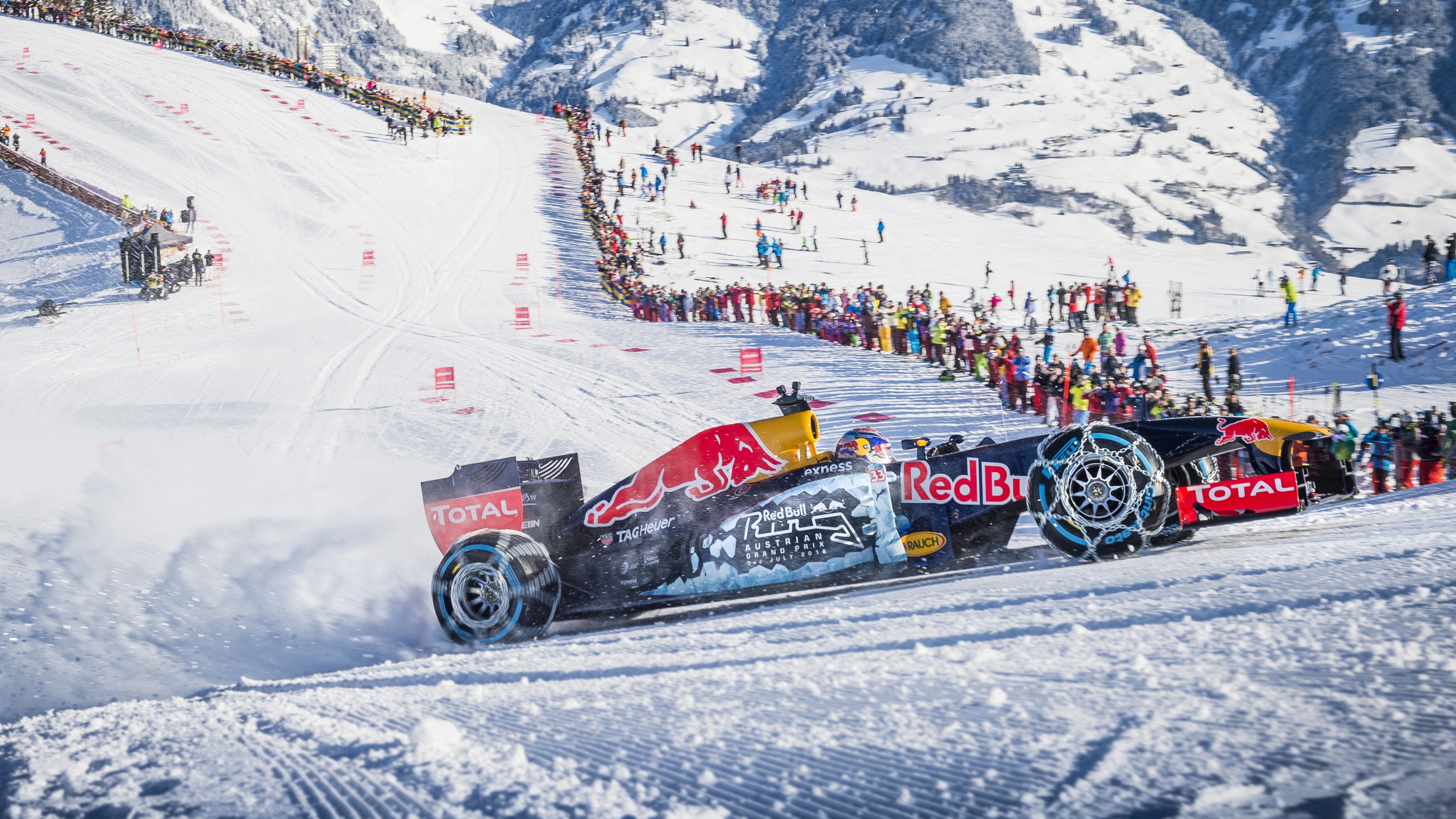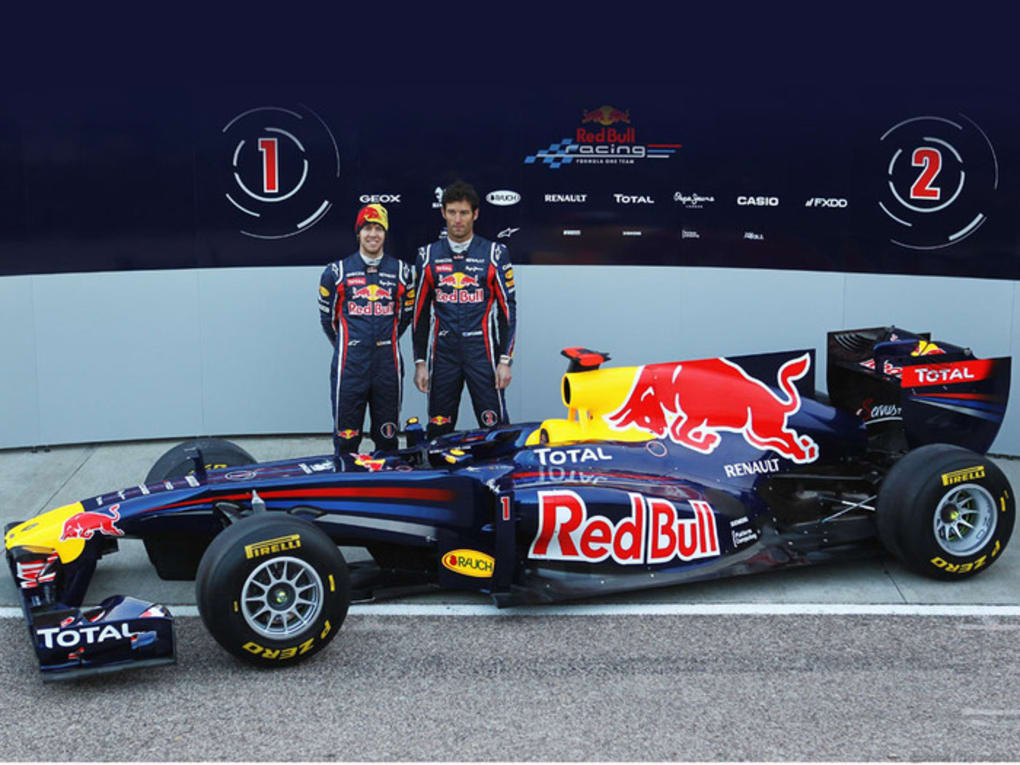

In the 2010 season that they became crucial to aerodynamic development with Red Bull’s RB6, the car which gave the team their first championship.

Hot gas from the engines exhaust was directed over the diffuser, the aerodynamic structure in the rear of the car which creates downforce. They went out of the sport in the mid 1990s due to a change of wording in the rules, but Newey felt that the current rules would make it worth trying again.

The early ones were crude in that the rear of the car often became less stable when the driver lifted off the throttle. Renault had one in the early 1980s, Frank Dernie put one on the Williams of Nigel Mansell in the mid 1980s and they were common from 1985 onwards. The blown diffuser was not a new concept when Adrian Newey revived it in 2010, they just did a better job than anyone else had done before or after. This season, with McLaren, Ferrari and Mercedes all having KERS, we need to get it to work, simply for performance off the line.” It’s always a challenge to find solutions, which don’t compromise the aerodynamics of the car. “The big challenge for us this year was the reintroduction of the KERS system. The use of kinetic energy recovery system (KERS) also saw a return, with the the Red Bull being equipped with a system provided by Renault in addition to their new RS27 engine. The ban on double deck diffusers mandated a much simpler version of the diffuser, allowing the technical team to exploit their pull rod rear suspension which they introduced in 2009. Red Bull’s RB7 is an evolution of last year’s championship-winning RB6, with a number of the changes on the RB7 required by new regulations in effect for the 2011 season.

Car: Red Bull RB7 / Engine: Renault RS27-2011 90º V8 / Maker: Red Bull / Bore X Stroke: 66 mm X 54.6 mm / Year: 2011 / Capacity: 2,400 cc / 146.5 cu in / Class: Formula 1


 0 kommentar(er)
0 kommentar(er)
